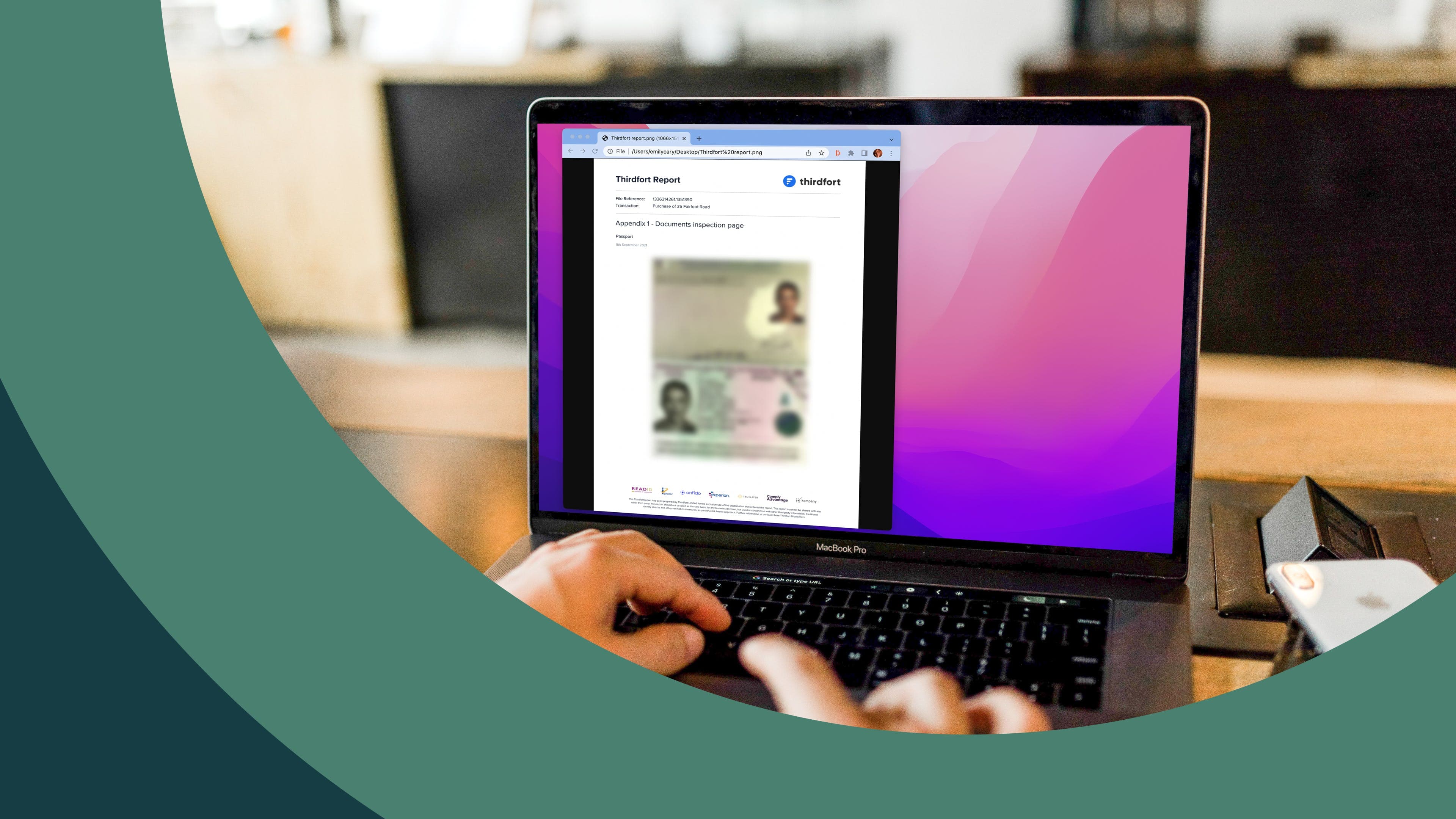Why archaic and basic screening tools are a risk
Published

Harriet Holmes
AML Services Manager

PEP and Sanctions screening alone will not protect you from baddies and money laundering!
A PEP and Sanctions screening tool is a specific type of search; the results are limited due to the stringent search criteria. Both are essential aspects of the client due diligence process, and both return key information to enable you to truly know your client. A limited screening tool exposes you to the risk of the unknown and missed red flags.
You have a genuine interest in being better informed about which clients you choose to act for.
It is critical to remember that the only way to stop money laundering is not to move dirty money; the only way to stop a fraudster is by identifying red flags!
Understand your vulnerabilities
Your first step should always be to understand your vulnerabilities and consider how criminals can abuse your services. Such vulnerabilities can be exploited and used to disguise the ownership or control of the laundered property.
Ask yourself questions such as:
Do we meet clients in person?
How does this affect the level of verification we require from our clients to be comfortable?
Do you know who your client is and that the document is genuine?
How do you become comfortable that money is from legitimate sources and that the wealth pot is clean and not contaminated with dirty money?
Asking these questions of your firm and departments can directly help you assess the level of support you require from technology in making an informed decision on new and existing clients.
If you cannot provide this level of comfort via your traditional approaches to CDD, consider incorporating technology into your compliance processes.
The digital CDD advantage
Did you know technology, when chosen correctly, can allow firms to conduct AML compliance checks seamlessly by:
Screening multiple sources otherwise not accessible;
Cross-referencing databases to verify if someone lives at the address provided;
Identifying the person and verifying that they are who they say they are;
Using AI to confirm that the ID photo is a true likeness of the ID holder and person presenting;
Checking that the identification documents provided are current and are not fraudulent;
Collecting information in a streamlined and user-friendly manner; and
Providing ongoing monitoring solutions in the background; and
Creating a clear audit trail.
With so many choices out there for digital compliance solutions, you should choose your provider carefully. The screening provided by technology and the level of assurance you can gain depends on the provider and even the different products offered. You and your firm must carefully select a provider that satisfies your expectations and provides your firm with the correct level of protection.
Embracing technology is an integral part of the jigsaw in AML compliance in 2022 and beyond; choosing the right technology that helps you achieve that objective and do it well is the first step. There are a lot of misconceptions out there about technology and what it can achieve. Our job is to share the message with others about what is possible and what is not.
Technology doesn’t replace the need for human judgement
Technological advancements that have taken place in the last few years have been far beyond those seen previously. Whilst the capabilities are astonishing, it’s worth bearing in mind that they cannot replace human consideration and judgement.
The best technologies out there enhance and support our abilities as humans to do our jobs in an informed manner, and help us identify risks and take action. Technology does not replace the value added by humans, but it can act as armour.
Subscribe to our newsletter
Subscribe to our monthly newsletter for recaps and recordings of our webinars, invitations for upcoming events and curated industry news. We’ll also send our guide to Digital ID Verification as a welcome gift.
Our Privacy Policy sets out how the personal data collected from you will be processed by us.


